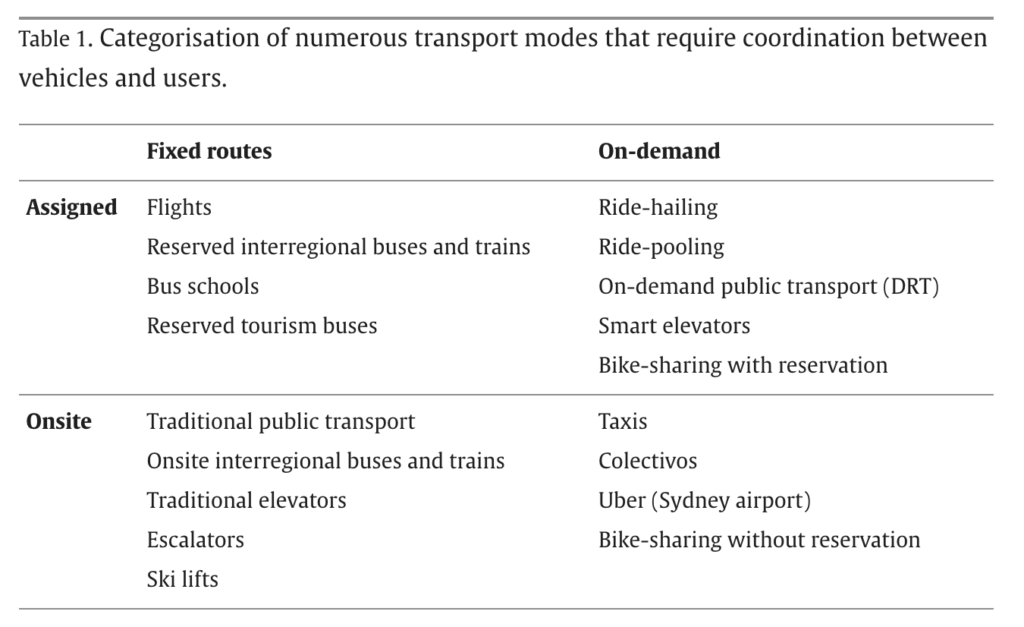In the age of smart urban mobility and AI-driven ride-hailing platforms, it’s easy to assume that more technology means better performance. But new research reveals a surprising insight: in some urban environments, old-fashioned, low-tech transport modes can outperform their high-tech counterparts—simply because they’re easier to coordinate.
At the heart of this finding is a fresh way to categorise how passengers and vehicles connect in non-owned mobility modes. The study distinguishes between Assigned and Onsite systems:
- Assigned modes—such as ride-hailing apps or on-demand shuttles—use centralised platforms to match individual users to specific vehicles.
- Onsite modes—such as traditional taxis, buses, or trams—allow passengers to take the first available vehicle when they arrive at a stop or rank.

While Assigned modes aim to optimise fleet use and minimise empty vehicle movement, they come with hidden coordination costs that urban planners should not overlook:
- Local friction – Even when a vehicle is nearby, finding it can be tricky in busy urban settings. The assigned car is “there” but not easily locatable.
- Unreliability – When a user is delayed, rerouted, or cancels, it can disrupt the entire assignment chain. What’s efficient in theory becomes brittle in practice.
- The “wild goose chase” – Vehicles can end up circling or waiting for no-shows, occupying space and time without productive movement.
In contrast, Onsite modes thrive on simplicity. Passengers queue, vehicles arrive, and the matching happens instantly, with little to no coordination infrastructure. Especially in high-demand environments, such as dense city centers or transport hubs, this model can reduce system strain and enhance responsiveness.
For urban planners, this has significant implications:
- Efficiency isn’t just about technology—it’s also about ease of matching.
- Designing mobility hubs should consider whether space and signage support the system’s demands.
- Policy decisions around new mobility services must weigh the trade-offs between smart routing and real-world usability.
In short, Assigned modes might look smarter on paper, but Onsite systems often win out in practice—especially where speed, flexibility, and reliability are key. Urban planning for the future means not just embracing innovation, but also understanding where simplicity still makes sense.
